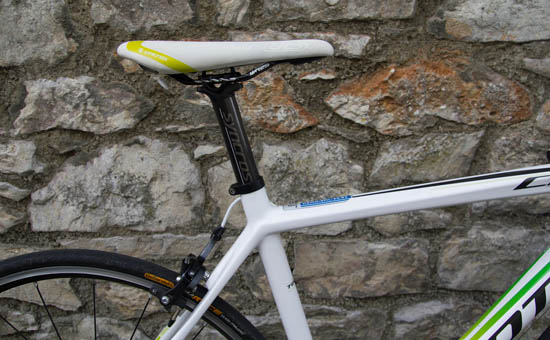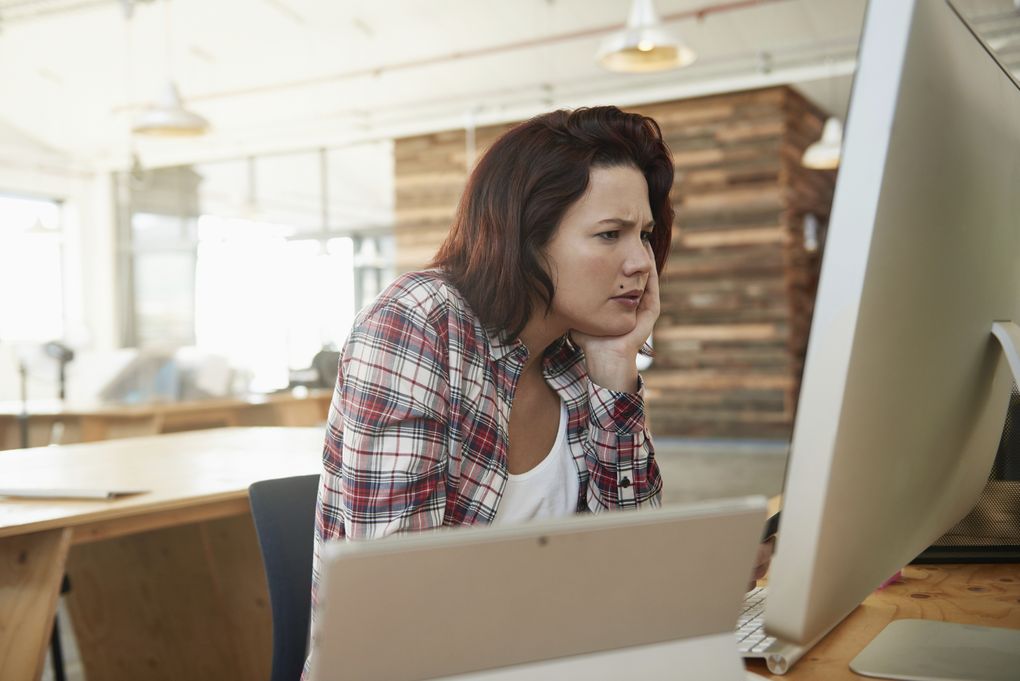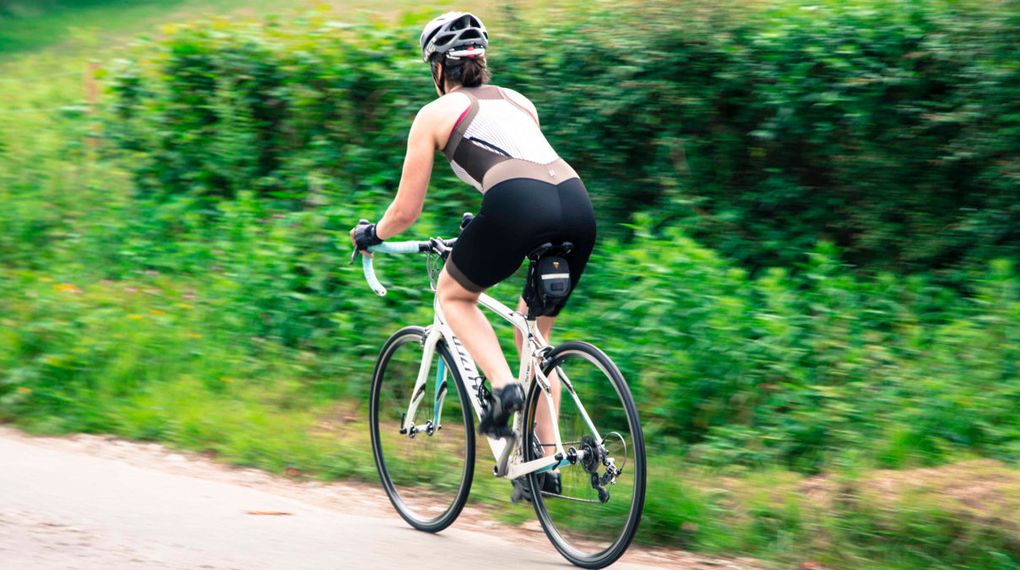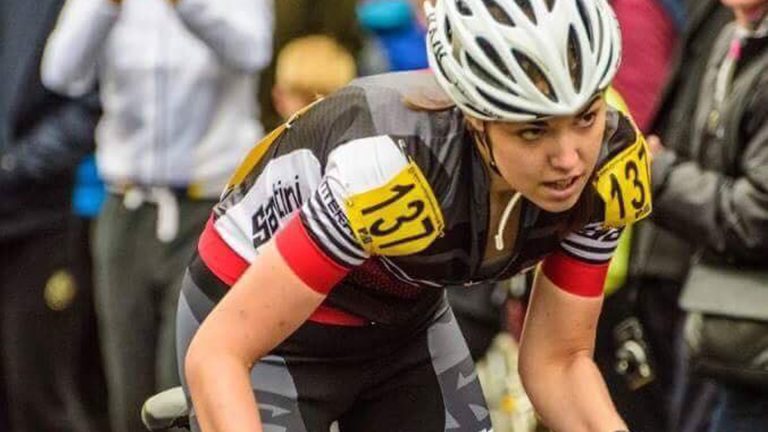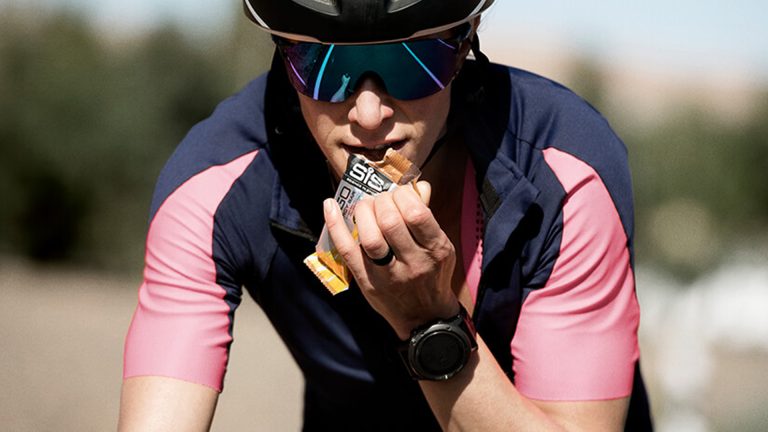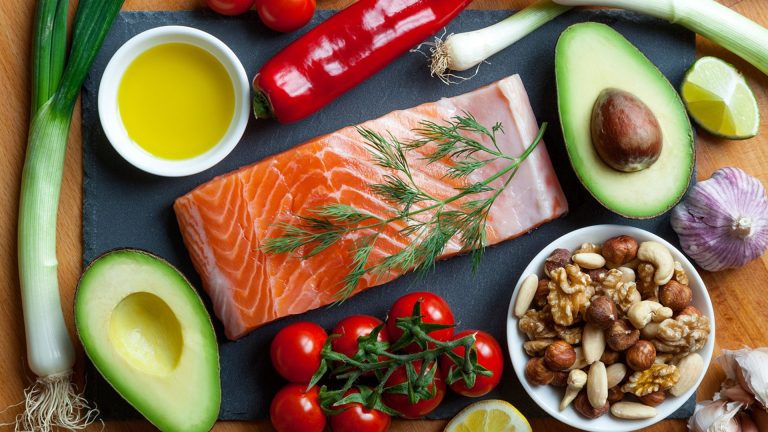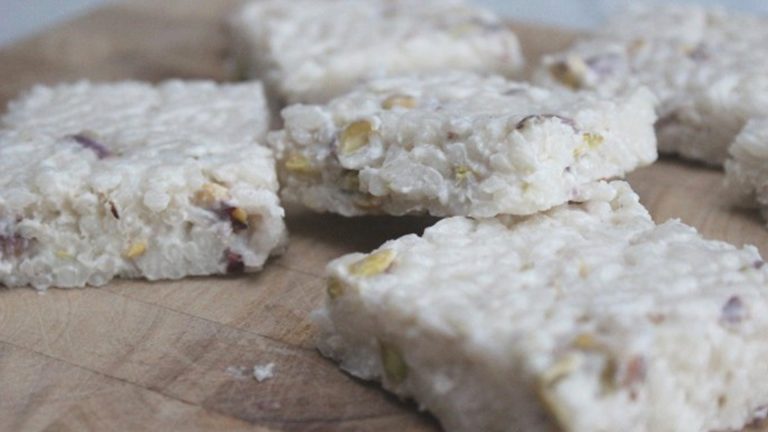Alice Monger-Godfrey is a registered Osteopath, who has treated athletes as renowned as Lizzie Armitstead. She’s also an ex-professional and Great British cyclist herself and works with people from all walks of life – athletes and office workers alike.
Monger-Godfrey, who now runs a clinic called AMG Osteo, says that one of the major issues creating problems for female cyclists of all levels is saddle discomfort.
She tells me: “I reckon about 75 per cent of women is having problems with saddle discomfort – anything from pain on the bike, to saddle sores, to actually noticing a difference in labia size caused by pressure. Men do get discomfort –but because they can sit more flat on the saddle they tend to be the more superficial things [like saddle sores or ingrown hairs].”
In the women’s peloton we’ve had women who have had to have operations. However, I think there’s more talk about it now because more people are cycling for enjoyment.
Monger-Godfrey says the problems have always been there – but an increase in cycling participation means it’s becoming more widely discussed and addressed – telling me: “It’s a massive issue – in the women’s peloton we’ve had women who have had to have operations. However, I think there’s more talk about it now because more people are cycling for enjoyment or to get around. In the past, the mentality of cycling has always been ‘get on and do it’ – now with more people cycling just for fun there’s a focus on comfort. That can only be a good thing, I speak to so many people who say they don’t want to cycle because it’s painful, and it shouldn’t be. We all get muscle aches but you shouldn’t have to endure discomfort from sitting on the saddle.”

